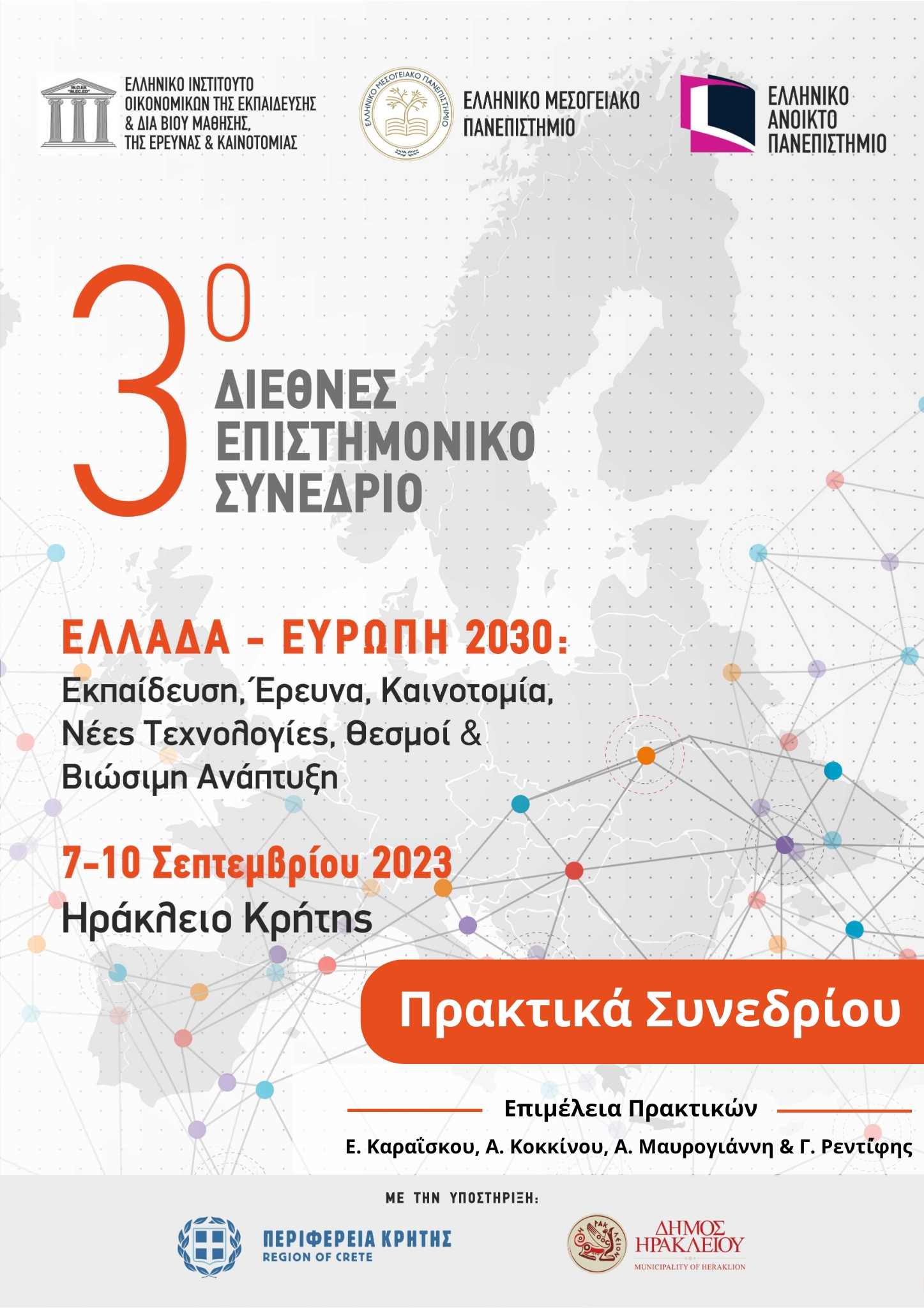Analysis of data from drones for surveillance and threat identification in maritime areas
Abstract
Introduction
Innovative and functional AI Drones (Artificial Intelligence Unmanned Aircraft) systems, commonly known as 'drones', have revolutionized fields such as civil protection, maritime and land surveillance, natural disaster management and threat monitoring in public spaces. More than ever, drones are coming into our daily lives to improve public safety in search and rescue, to identify important information from digital images, video and other visual inputs to take action and increase efficiency in saving lives. . One of the most important applications of drones is in maritime and land surveillance and threat identification, they are used to monitor vast sea areas, detect criminal and criminal activities and prevent any incident in maritime areas. These drones have the ability to move more efficiently than traditional surveillance methods in a short amount of time. In addition, drones equipped with high-resolution sensors and thermal cameras can detect threats such as illegal fishing, oil spills, drownings, lifeboats and other public hazards.
There are many benefits to drones playing key problem-solving roles in various fields such as maritime security, but there are also some individual limitations. One of the most basic constraints is the regulations surrounding the use of smart UAVs (Unmanned Aerial Vehicles). In some areas, their use is restricted and requires special permission. In fact, smart UAVs are particularly popular that use artificial intelligence (AI) in real time, allowing rapid data analysis, recording of the marine space which thanks to the artificial intelligence software can perceive the incident, identify objects and provide real-time analytical feedback processing. Artificial intelligence UAVs (Unmanned Aerial Vehicles) commonly known as "drones" research their approach, helping with positive results in the coordination of prevention of dangerous situations and the mission of search and rescue.
Keywords: Artificial Intelligence, Smart UAV, Real-Time, Object Detection, Deep learning.
Article Details
- Section
- Εισηγήσεις

This work is licensed under a Creative Commons Attribution 4.0 International License.
Authors retain copyright under a Creative Commons Attribution that allows others to share the work with an acknowledgement of the work's authorship and initial publication in the proceedings.


